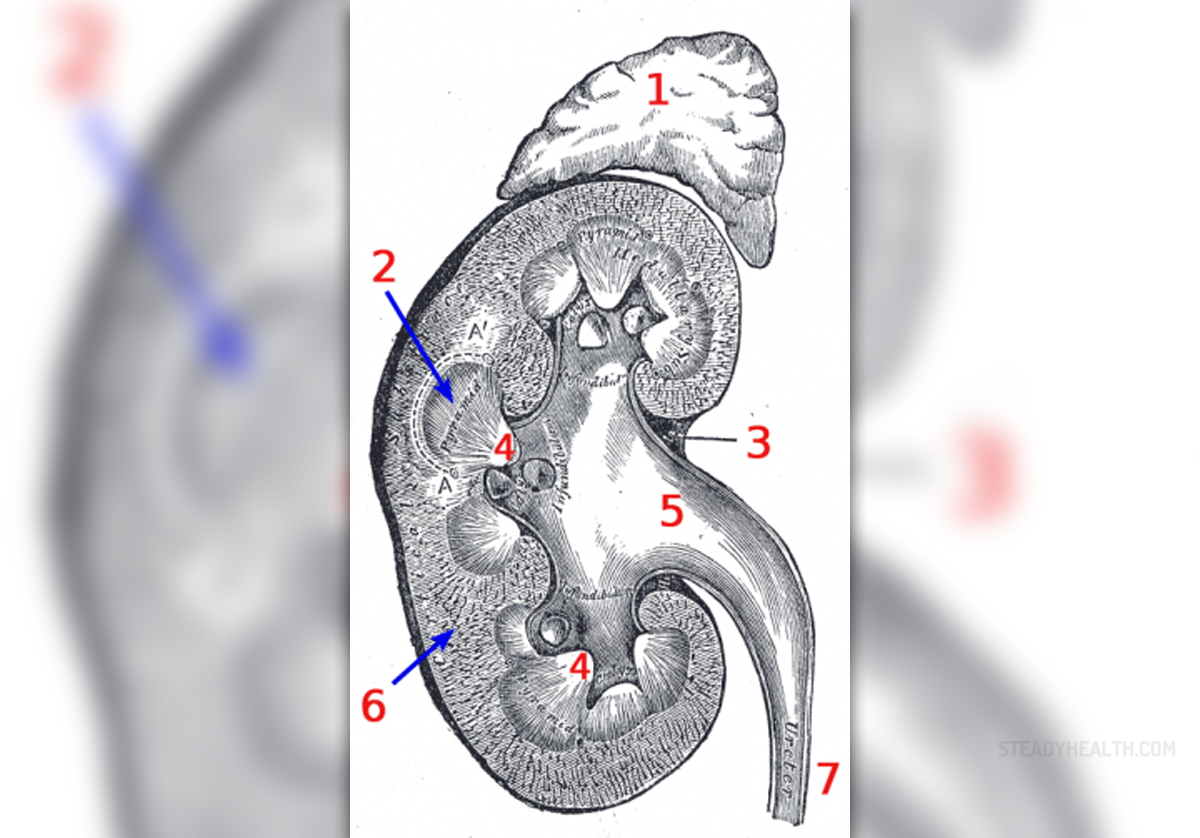
Kidney stones are small and solid deposits that form inside the kidneys. This condition results from stones or renal calculi in the ureter. Ureter is a muscular tube that propels the urine from the kidneys to the urinary bladder. Sometimes, the crystal aggregations form in the kidneys from dissolved urinary minerals, which may form or pass into the urinary bladder. When the calculi are found on the pathway between the kidneys and the bladder, the ureter, the condition is referred to as to ureterolithiasis. The bladder stones typically usually refer to urolithiasis of the bladder.
Signs and symptoms of kidney stones
Kidney stones typically do not cause any symptoms before they are moved into the ureter. When passing of the kidney stone starts, patients usually report very intense pain in the kidney-region as well as in the lower back. Pain normally occurs in episodes of 20 to 60 minutes. Most of the patients will have an urge to vomit since the embryological link with the intestine stimulates the vomiting center area postrema, a medullary structure in the brain that controls vomiting. There may also be some blood in the urine and possibly some pus. This occurs due to the damage to the inside wall of the kidney or other urinary structures. Patients commonly report burning sensations while urinating, reduced urinary volume or a complete blockage of urine flow through a ureter.
Formation of kidney stones
Kidney stones are classified in different groups, based on the crystals of which they are formed. In most of the cases, patients affected with ureterolithiasis have calcium oxalate stones or calcium phosphate stones.
Calcium oxalate crystals occur in 75 to 80% of all cases. They typically occur in people consuming a diet low in calcium, since as the calcium intake decreases, the amount of oxalate ready for absorption into the bloodstream rises. Calcium stones typically form because of the high calcium oxalate levels. The liver normally produces this compound, but certain foods such as nuts or chocolate, are extremely high on oxalate. Dietary factors and high doses of vitamin D are mostly associated with calcium stones.
Struvite stones form as a result of urinary tract infection while uric acid stones occur also in dehydrated people on high-protein diets. In rare cases, urea-splitting bacteria produce stones, typically in people with metabolic diseases or urinary tract infections. This is the case in 5 to 10% of all patients.
Cystine stones are found in small percent of patients having a genetic disorder that causes the kidneys to expel high amounts of certain amino acids.


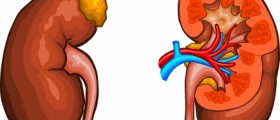
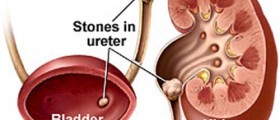






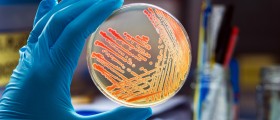
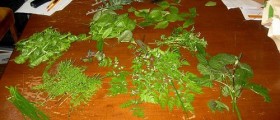





Your thoughts on this
Loading...